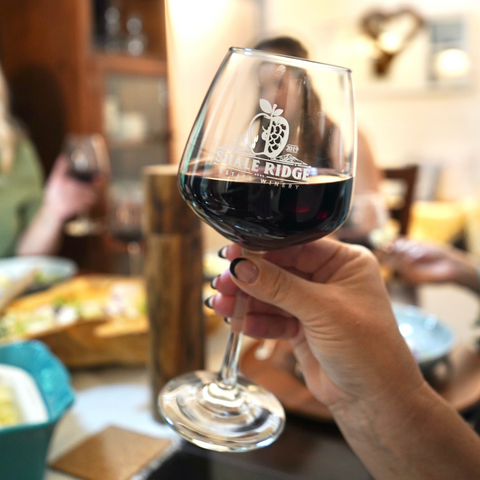
What Does Tannin Do In Wine?
If you're curious about what does tannin do in wine, chances are you've already encountered it. Whether you're a seasoned wine enthusiast or just embarking on your wine journey, understanding tannins and their role in winemaking can enhance your appreciation of that next glass in your hand.

What is a tannin?
A tannin is a chemical compound called polyphenols found in the skins, seeds, and the stems of grapes. And you will actually find it in other things such as tea. So, you know that puckering, that dryness you get in your gums as well as your cheeks when you are drinking red wine or tea, that's actually the tannins.
What causes tannins in wine?
Typically, with tannins we do not find those in white wines as we're not using the skins and the stems to make those wines like we are with reds. However, there are some tannins found in oak. So if you are aging a chardonnay for example in Oak barrels, you might get subtle notes of tannin on there.
How do you neutralize tannins in wine?
Another really cool thing that tannins do is they actually balance the fats of the proteins in some foods. So steak for example, is a great pairing for a wine that has heavy tannins such as a cabernet sauvignon. Wines such as pinot noir however, have more subtle tannins. So what the winemaker will do is add in some of the stems to get more tannins in those wines.
Easy breakdown of what does tannin do in wine
In conclusion, tannins in wine play a crucial role in shaping your tasting experience. Here's a quick recap of what tannins do in wine:
Texture: Tannins contribute to a wine's texture, providing that pleasant, mouth-drying sensation.
Pairing: Tannins interact with food, making wine pairing a delightful art.
Varietal Differences: Different wines have varying levels of tannins, from bold in cabernet sauvignon to subtle in pinot noir.
Understanding tannins empowers you to appreciate wine on a whole new level, making each sip a journey through flavour and texture.


